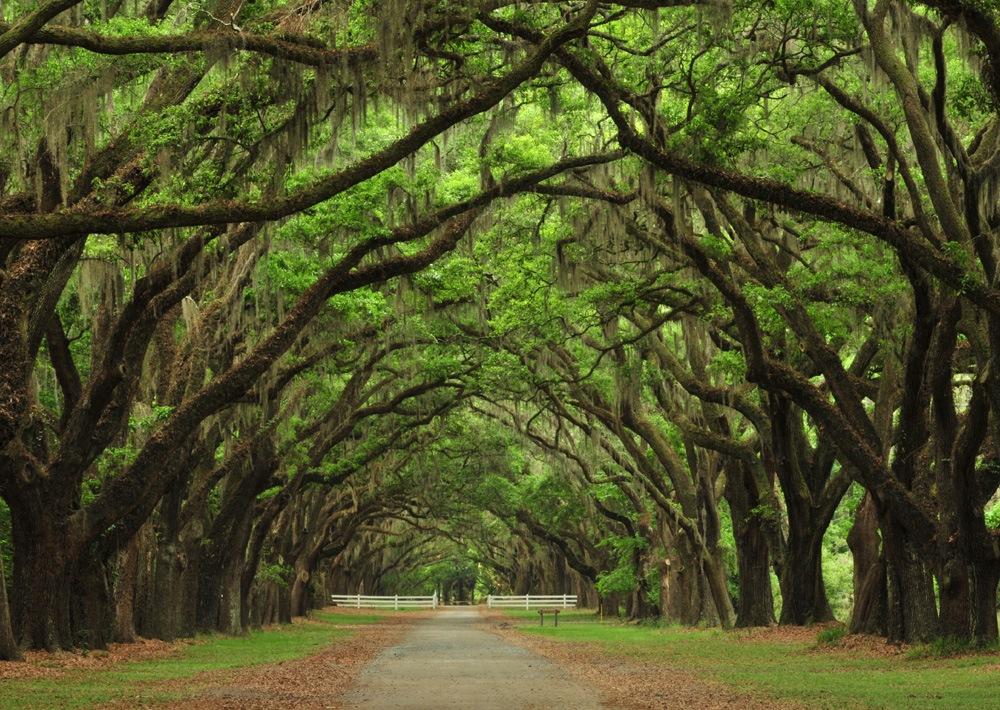
Promoting and fostering sustainability in communities large and small, U.S. EPA Administrator Gina McCarthy recognized the winners of the agency's 2013 National Award for Smart Growth Achievement at a ceremony at EPA headquarters in Washington, D.C., on Feb. 5. Seven Smart Growth projects earned top honors, with the Atlanta BeltLine Eastside Trail and Historic Fourth Ward Park winning the award for Overall Excellence.
Whether it's enhancing water infrastructure, greening the urban landscape and improving residents' quality of life by building new parks; providing solar-powered, highly energy efficient mixed-income housing; lowering the risk of floods while building a riverfront park; or revitalizing inner-city neighborhoods through community-driven redevelopment, this year's EPA Smart Growth award winners demonstrate the compound effects and cross-cutting social, environmental and economic benefits that can result from well thought-out, inclusive and equitable sustainability initiatives.
"This year's winning projects show that smart growth approaches are having a visible impact on communities across the country— large and small, cities and suburbs, towns and rural places," McCarthy said in a pre-ceremony message. "They show that the choices communities make about how they develop can protect people's health and the environment while contributing to local economic growth. Most importantly, they show other communities that the path to a sustainable future is just around the corner."
Recognizing exceptional approaches in sustainable community development
The EPA National Award for Smart Growth Achievement was established in 2002 "to recognize exceptional approaches to development that respect the environment, foster economic vitality, enhance quality of life, and provide new opportunities for disadvantaged communities." This year's 77 entries brought the total number of award applications reviewed by the EPA over the past 12 years to 886.
The principles and aims of the award fall right in line with the country's first National Climate Change Action Plan, which President Obama launched last summer.
“Many places have found that smart growth strategies can help them both mitigate and adapt to climate change by providing transportation and housing options that use less energy, encouraging compact neighborhoods where daily needs are within easy reach, and using green infrastructure that mimics natural processes to capture, filter, and absorb stormwater runoff,” the EPA highlights.
“This year's National Award for Smart Growth Achievement winners illustrate some of the climate change mitigation and adaptation measures communities can implement that give multiple benefits for every dollar spent.”
2013 Smart Growth Achievement Award winners
Smart Growth Achievement awards are conferred across seven categories. Here, courtesy of the EPA, are this year's winners:
- Overall Excellence in Smart Growth: Atlanta BeltLine Eastside Trail and Historic Fourth Ward Park Atlanta, Ga.: The redevelopment of a formerly contaminated rail corridor into a multi-use trail and connected park system is sparking economic development, community engagement and new affordable housing options in 45 city neighborhoods.
- Corridor or Neighborhood Revitalization: Historic Millwork District and Washington Neighborhood, Dubuque, Iowa: The conversion of a mostly vacant former mill district into a lively mixed-use neighborhood reconnected the area to downtown and the adjacent residential community.
- Policies, Programs, and Plans: GO TO 2040, Metropolitan Chicago, Ill.: This seven-county regional plan for growth and economic development engages a wide variety of partners and links local planning efforts to a broad regional vision through tools and technical assistance.
- Honorable Mention: Lower Eastside Action Plan, Detroit, Mich.: This grassroots effort formed a plan for revitalization that engaged residents in creating a vision for a low-income, high-vacancy neighborhood and influenced citywide planning.
- Built Projects, La Valentina, Sacramento, Calif.: An energy-efficient, mixed-income, mixed-use apartment building on a former brownfield site next to a light-rail station is transforming an industrial neighborhood and giving residents transportation options.
- Honorable Mention, Via Verde, The Bronx, N.Y.: This affordable, transit-oriented, highly energy- efficient building features design that emphasizes health and wellness for residents.
- Plazas, Parks, and Public Places, Charles City Riverfront Park, Charles City, Iowa: This multi-facility park built on a flood plain connects to downtown and adjacent low-income housing, brings economic benefits, and has become the recreational heart of the city.
The EPA's Smart Growth Principles
- Mix land uses.
- Take advantage of compact building design.
- Create a range of housing opportunities and choices.
- Create walkable neighborhoods.
- Foster distinctive, attractive communities with a strong sense of place.
- Preserve open space, farmland, natural beauty, and critical environmental areas.
- Strengthen and direct development toward existing communities.
- Provide a variety of transportation choices.
- Make development decisions predictable, fair, and cost-effective.
- Encourage community and stakeholder collaboration in development decisions.
The EPA noted how each of these project developers strove to take a holistic, systems-wide view in realizing these initiatives, a sustainable development approach that incorporates and values indirect and intangible social and ecological benefits and returns as highly as purely financial ones.
"The strategies these places are using — including creating parks that can absorb flood waters, using renewable energy and energy efficiency to reduce fossil fuel consumption, and providing a variety of transportation options—make neighborhoods more attractive, draw activity that spurs further economic development, and help keep housing affordable for all income levels by reducing energy and transportation costs. Just as importantly, these strategies can help communities better weather the changes already evident in our climate, as well as changes projected for the future."
http://www.youtube.com/watch?v=A76FkCCo7xc
Image Credit: Atlanta Beltline

An experienced, independent journalist, editor and researcher, Andrew has crisscrossed the globe while reporting on sustainability, corporate social responsibility, social and environmental entrepreneurship, renewable energy, energy efficiency and clean technology. He studied geology at CU, Boulder, has an MBA in finance from Pace University, and completed a certificate program in international governance for biodiversity at UN University in Japan.














